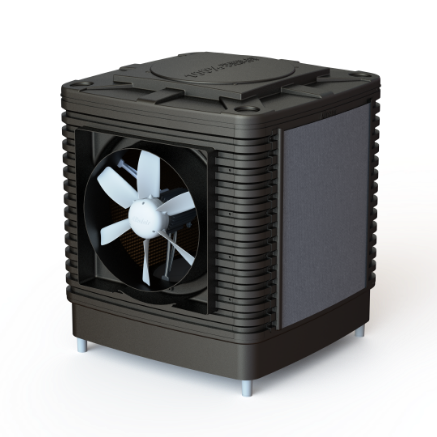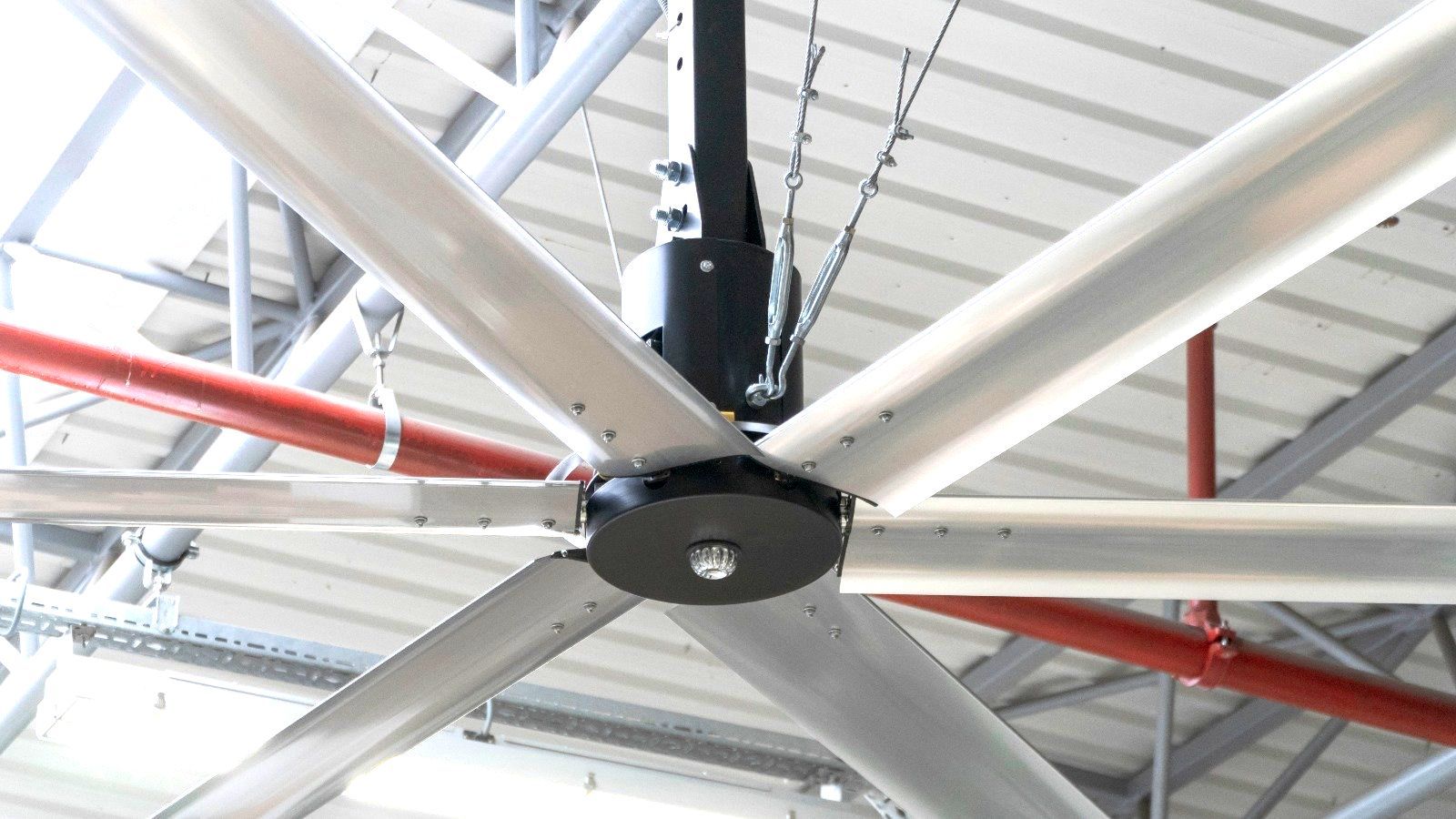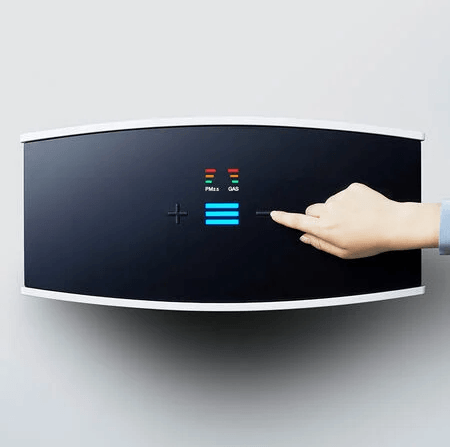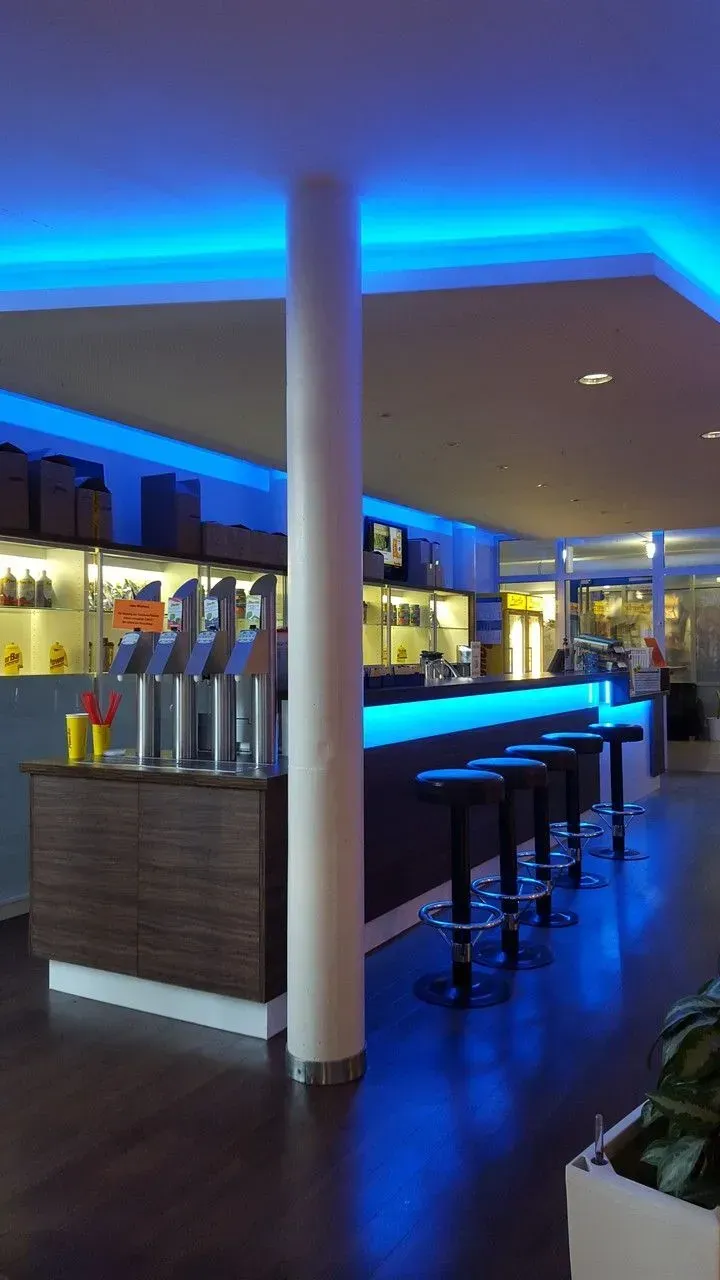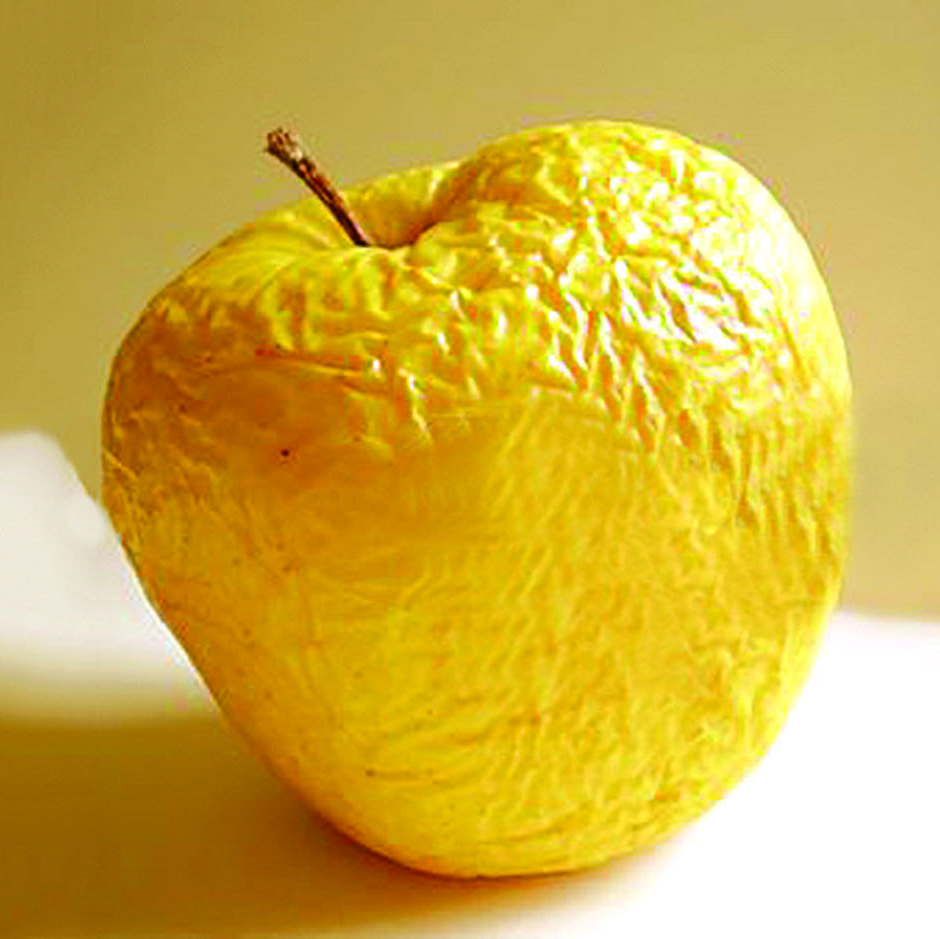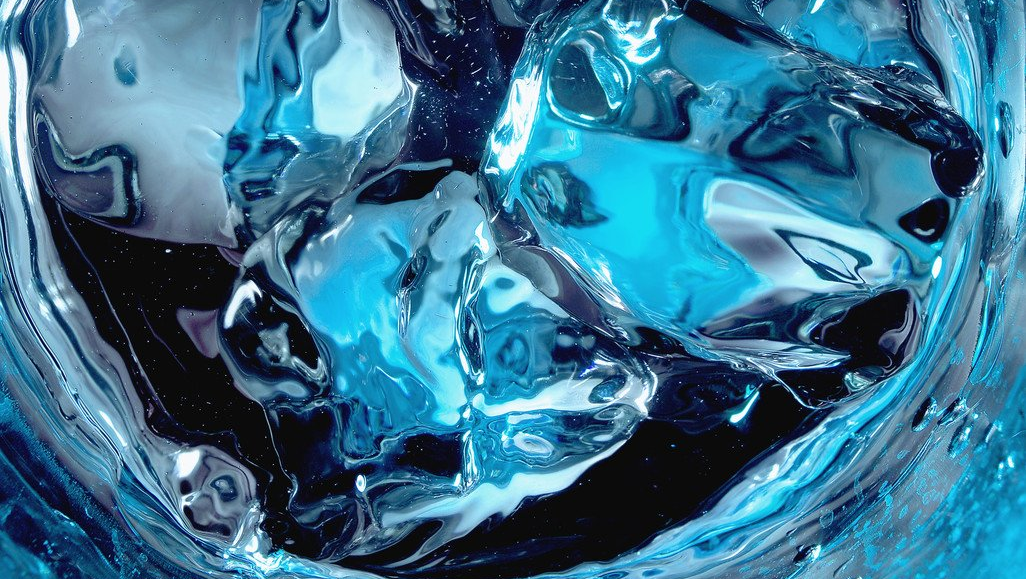Coronavirus Preventive air humidification
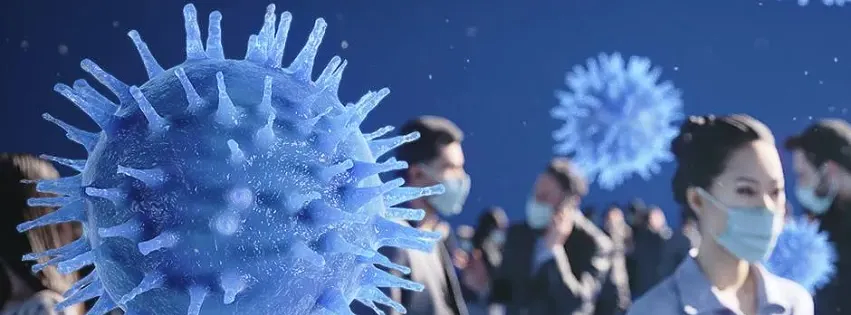
Additional air humidification could complement the current pandemic measures
with a focus on hospitals to further reduce the risk of the coronavirus spreading.
The combination of research results on the resistance of coronaviruses to humidity and temperature with data on the SARS pandemic and the MERS epidemics (both caused by variants of the coronavirus) now yields interesting new findings. Both the crossing of the animal-human species boundary and the transmission from human to human is obviously made possible or blocked by typical combinations of humidity and air temperature.
Temperatures above 30 ° C inactivate the coronavirus
The survival times of SARS and MERS coronaviruses on inanimate surfaces and as infectious droplets in the air have already been extensively investigated several times. An identical pattern was repeatedly shown. Very low temperatures and humidity allow viruses to survive long on surfaces and in the air.
Even at average temperatures of 20 to 30 ° C, the survival time was long - but only if the air was dry. Very high temperatures (> 30 ° C) inactivate the coronaviruses. This is the reason why the repeated MERS epidemics in the Arabian Peninsula only occurred in the cooler winter months. It is to be expected that the current coronavirus 2019 will also show a similar behavior with regard to humidity and temperature.
Spread especially in buildings and public transport
Crossing the species boundary must be done outdoors, where infectious animals are and humans come into contact with them. The spread of the virus from person to person takes place where people predominantly (approx. 90% of their lifetime) stay and maintain their contacts, i.e. practically exclusively in buildings and on public transport.
It must be borne in mind that the indoor and outdoor climates differ significantly when the buildings are heated due to the low outside temperatures. The result is comfort temperatures of 20 to 24 ° C combined with unnaturally low humidity.
Why is transmission so easy in central and southern China in winter?
In wintry China, the open market halls for meat sales have optimal low temperatures for animal-human transmission. As already stated, the indoor conditions are decisive for the transmission conditions from person to person.
In central and southern China, the outside temperatures in winter are in a range that makes it necessary to heat the houses. The temperatures in the houses and public transport are between 20 and 24 ° C and the humidity in the heated rooms is as low as 20 to a maximum of 40%. These are ideal climatic conditions for the long survival of SARS coronaviruses on surfaces and in the air and thus also for transmission through contacts and via the air.
Higher humidity reduces the risk of transmission
The climatic situation outdoors, which enables crossing the species boundary, cannot be influenced by humans. But he is responsible for the indoor climate. The decisive factors temperature, humidity, air exchange rate and fresh air proportion can be regulated individually.
Since the comfort temperature is specified at 20 to 24 ° C, the risk of infection in buildings must be influenced by the humidity and ventilation.
Raising the low humidity in the buildings through humidification to around 50% leads to a reduction in the risk of transmission.
The increase in the air exchange rate and an increased proportion of fresh air cause an additional risk reduction. Air humidification is a sensible means for everyone.
The air humidification also works proactively against the spread of viruses by sick people, also against so-called "super spreaders", even before symptoms appear or a diagnosis can be made. In addition, the humidified air improves the defense situation of the respiratory tract in healthy people, through more efficient cleaning of the respiratory tract and improved immune defense.
The preventive increase in the air humidity in buildings, which is too low in winter, is a cost-effective and effective instrument for reducing the risk of spread without causing side effects. Since around 58% of SARS cases occurred as a result of transmissions in hospitals, a disproportionately large, positive effect can be expected from humidification in hospitals.
However, air humidification can also be used in public buildings as well as in private and professional environments. Air humidification gives the population a simple means by which the current virus can be actively combated, against which there is no vaccine or specifically effective medication up to now.
Image: (C) Hugentobler
Contribution: Dr. med. Walter Hugentobler
About the author Dr. med. Walter Hugentobler is a retired specialist in general and internal medicine (FMH). After training to become a specialist at various clinics, Hugentobler worked as a resident doctor and practice owner for almost 30 years.
Due to the proximity of his practice to Zurich / Kloten Airport and the frequent care of flight personnel, he dealt early on with the practical consequences of dry air and climatic health problems.
During his entire professional practice he devoted himself intensively to this special topic. As a well-known medical and academic consultant, he is still active for various companies today.
Source:
Coronavirus: Preventive air humidification



